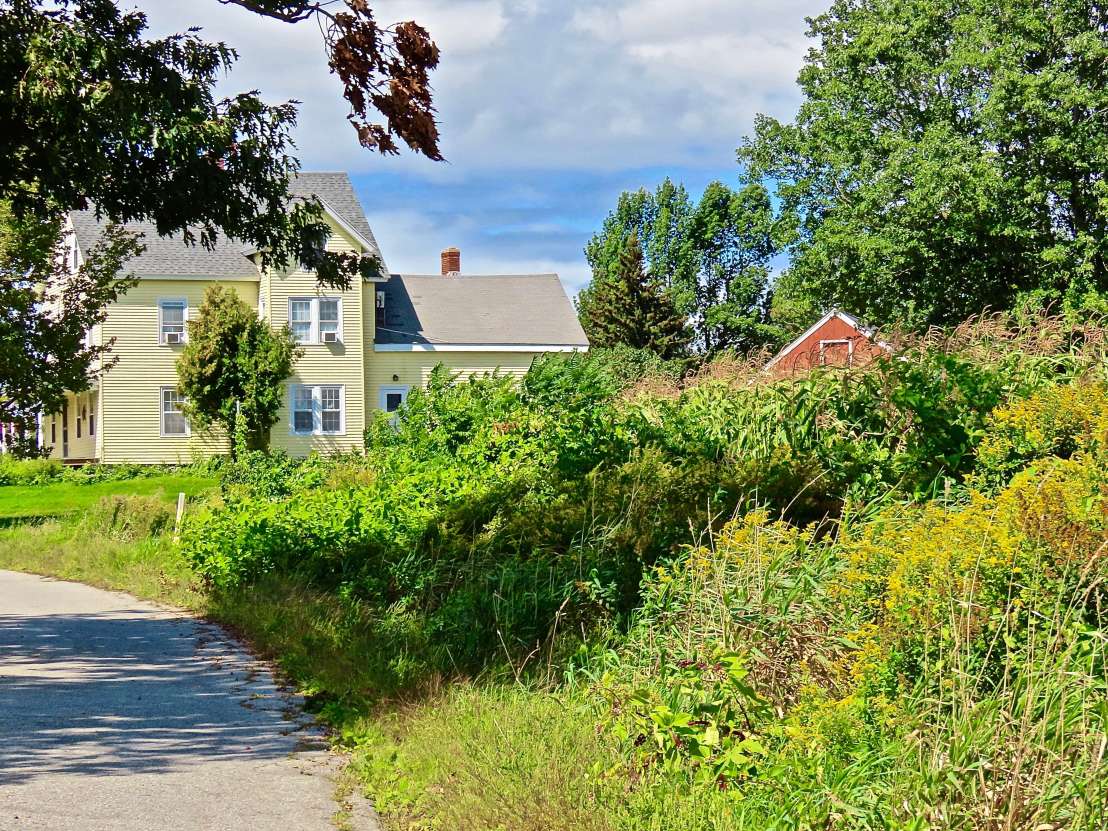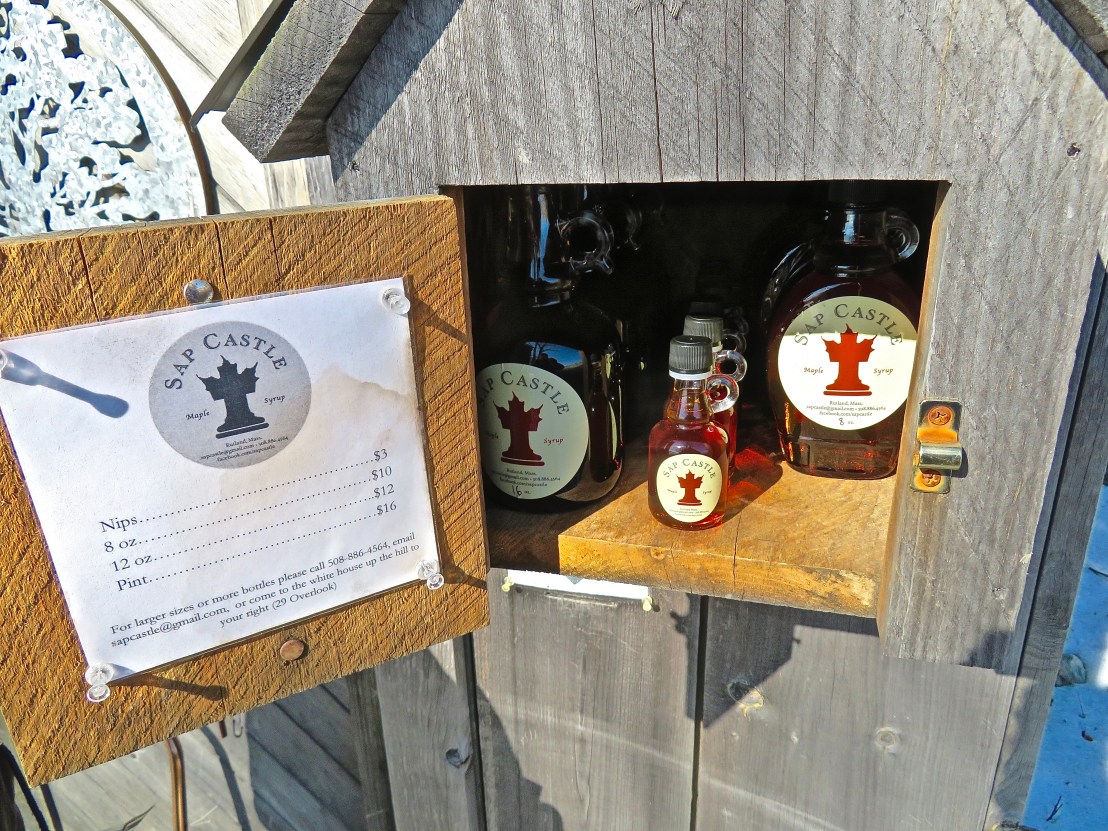The donkeys at Alta Vista Farm in Rutland, MA didn’t mind posing for a few photographs during a recent visit.




Photographs taken with a bridge camera journaling nature and everyday life in Central Massachusetts and beyond.
Category: farming
Princeton, Massachusetts





Lilac Hedge Farm, Rutland, MA










Central Massachusetts boasts well over forty apple orchards. Sagatabscot is among the oldest.
























Brookfield Orchards has served generations of Central Massachusetts residents during its one hundred and two year history.







Early fall in Central Massachusetts is the perfect time to explore and photograph the beauty of the region’s local farmlands.

















Information posted at Wachusett Meadow Audubon Sanctuary’s Crocker Barn states:
“Built in 1925 by the Crocker family, this barn formerly housed a herd of prize-winning Milking Shorthorn cattle. It was designed by farm manager Paul Beardsley and was state-of-the-art for its time, featuring a ground floor milking parlor, a trussed, gambrel roof that provided vast interior space to pile loose hay (hay balers were not yet invented), and an overhead tramway system to easily move manure to a separate barn for storage. No longer present, but visible in the historic photo notice the twin silos, the four rooftop ventilators, the additional hay wagon ramp, and the small milk house in the foreground.
Currently, the Cow Barn provides storage for the materials, tools and equipment needed for sanctuary habitat management, and to maintain our trail system, buildings and grounds. Planning is underway to fundraise for renovations that would allow us to welcome visitors and program participants into this wonderful and historic space.”









The little town of Hardwick, MA is celebrated for its miles of historic stone walls, some of them massive. Recently, on a bitterly cold day with threatening skies, the view from the Great Meadowbrook Farmlands was stark and alluring.
From 2000- 2004, Great Meadowbrook Farm was the site of the Over the Walls Horse Trials, one of the premier equestrian events in the United States.






In New England, mid to late February is the start of the maple syrup making season.
Up until the Civil War, using maple sugar was an act of political protest for many northern abolitionists, who refused to use cane sugar produced by slave colonies in the Caribbean. New England forests had been over logged to build ships for the slave trade of the era. Abolitionists attempted to reseed decimated areas with maple trees, and use maple sugar rather than cane for their needs.
The “Sap Castle” in Rutland, MA welcomes visitors to view the sugaring process and learn about its history during February and March.












